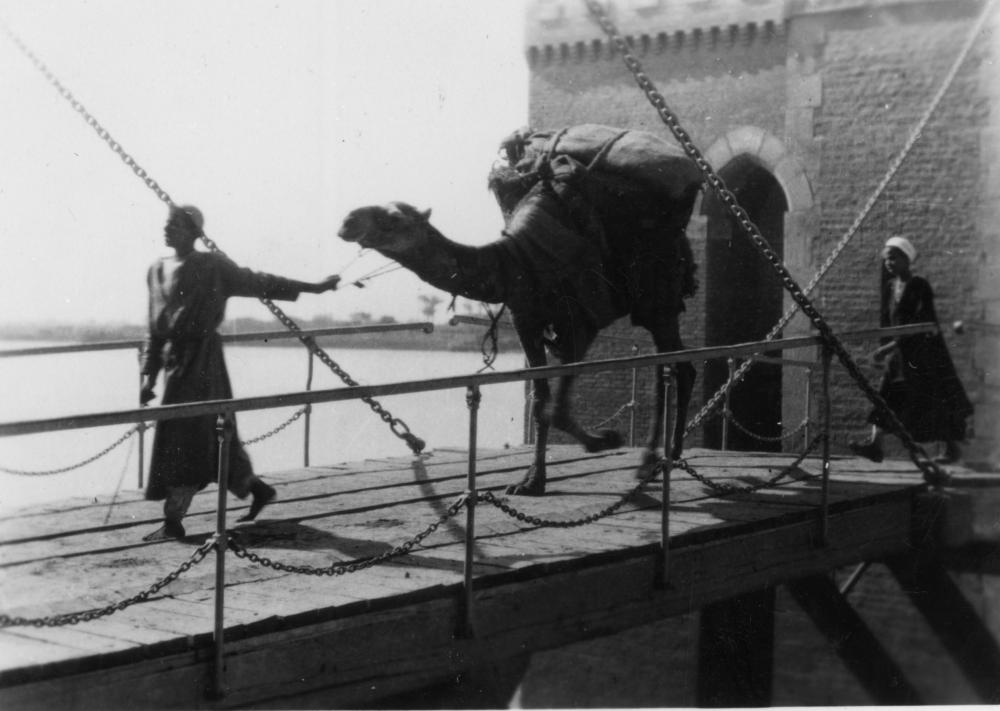FRIENDSHIP
Perhaps you, my blog readers, could help me understand something about this poem that my father wrote: As you get towards the end you’ll see a line about a ‘flare’; what do you think was happening? Read the whole poem and let me know if you can enlighten me.
Sixty-nine refers to Hill 69 near Gaza, Palestine, where my father’s battalion was recovering after having defended Tobruk in Libya; at Hill 69 they did further training as well as garrison and border protection.
The photo shows the first verse in his handwriting but I’ve transcribed all the verses, which you’ll see below the image. I was inspired by the ‘Friendship’ theme of this week’s WordPress Weekly Photo Challenge to add this poem, which, you’ll find, is about friendship in war.
The poem is signed with my father’s initials, R.E.B. I ask that it not be copied without my permission and without credit to him.

Red Kane of 69
“Something’s brewing,” said Red to his mate,
As they gazed along the line,
“It don’t get quiet for nothing,
Not here, at Sixty-nine.”
He thought of a time, two months ago,
He got a similar hunch,
And Jerrie came over in “Spitfires”,
And wiped out most of his bunch.
The “TRICK” was as old as the bloody hills,
The one they pulled that night.
In a couple of patched-up Spitfires,
They made that bloody flight;
All eyes looked in their direction,
The shout went up, “All’s Well”,
In came the bloody Spitfires,
Turning loose All Hell.
“I’ll square that deal, cobbers,” he said,
Damned near fit to howl,
“Even if it cost me me bloody life,”
“By bloody fair means or fowl;”
For he was a Dinkum Aussie,
Big and strong as a lion,
And he was a natural marksman too,
Red Kane, of Sixty-nine.
And now as he gazed across the sand,
Something to him was clear,
There was Jerry movement on tonight,
And to him came a great idea;
And so he spoke in whispers,
As he conversed with his mate,
Tonight they’d square a deal,
Regardless of their fate.
The Jerries moved with caution,
More cautious still, was Kane,
He wondered how his mate was,
If things panned out the same;
Complete in every detail now,
He lay face down, in prayer,
For five in every hundred yards,
He’d set and laid a flare.
That night, his mates were avenged,
Paid back, more than two-fold,
Paid by the help of his very own life,
For he now lay stiff and cold;
He’s gone to the great Beyond now,
A place of Perfect Design,
And greater love hath no man,
Than Red Kane of Sixty-nine.
Ronald E. Bruce, 1941
© Patricia Worth, 2012











